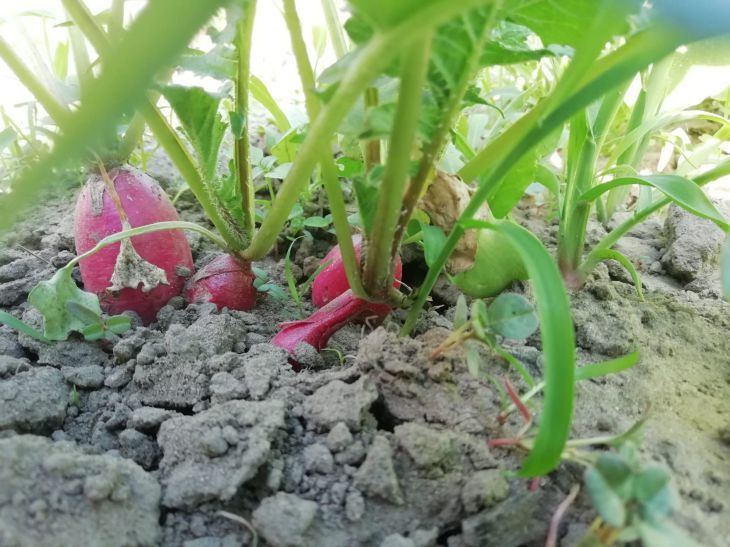What to do to prevent radishes from bolting: tips for gardeners
Every gardener dreams of a good harvest of radishes, but often faces an unpleasant situation when the plants begin to bolt.
This means that the radish produces a flower stalk, which leads to a deterioration in the quality of the root crops.
What to do to avoid this problem and get a great radish harvest? The answer was given by the expert of the online publication "BelNovosti", agronomist and landscape designer Anastasia Kovrizhnykh .
Choosing the right varieties
The first thing to pay attention to is the choice of radish varieties. There are varieties that are more resistant to bolting.
Typically, these are early-ripening and cold-resistant varieties, such as ‘Saksa’, ‘French Breakfast’ and ‘Zarya’.

By choosing such varieties, you can significantly reduce the likelihood of bolting.
Optimal sowing times
Sowing time plays an important role in preventing radish bolting. It is best to sow radishes in early spring or late autumn, when daytime temperatures do not exceed 20 degrees.
It is important to remember that radish is a short-day crop and with long daylight hours the likelihood of bolting increases.
Proper watering
Lack of moisture is one of the main reasons for radish bolting.
The soil should be constantly moist, but not waterlogged.
Watering should be regular, especially during the period of active growth. Overdried soil leads to stress of plants, which contributes to their bolting.
Maintaining the distance when sowing
Thickened crops can also cause radish bolting.
When sowing, it is necessary to maintain a distance between plants to ensure they have enough room to grow.
The optimal distance between seeds is about 5 cm, between rows – 10-15 cm.
Proper fertilization
Radish is sensitive to excess nitrogen in the soil. Excessive nitrogen fertilization leads to increased growth of tops to the detriment of the root crop and promotes bolting.
For radishes, it is better to use phosphorus and potassium fertilizers.
Temperature conditions
Sharp temperature fluctuations can also cause radish to bolt.
Try to maintain a stable temperature in the garden bed.
In hot weather, you can use covering material to protect plants from overheating.
Weed control
Weeds compete with radishes for moisture and nutrients, which creates additional stress for the plants.
Regular weeding and loosening of the soil helps maintain optimal conditions for radish growth and prevents it from bolting.
Early harvest
Do not delay harvesting radishes. Overripe root crops are prone to bolting.
The optimal harvesting period depends on the variety, but on average is 20-30 days after sowing.
Monitor the condition of the plants and harvest them in a timely manner.
Earlier we talked about the basic rules for proper care of an apple tree in June.
